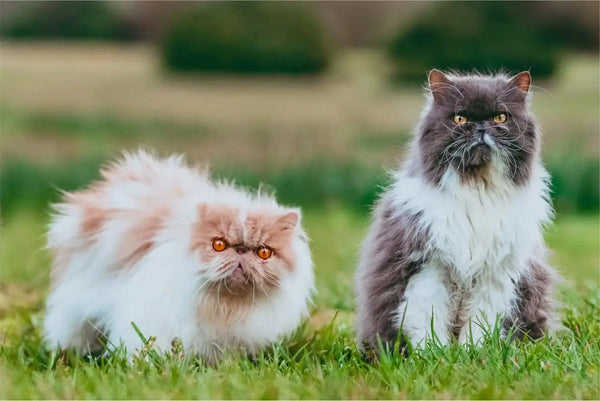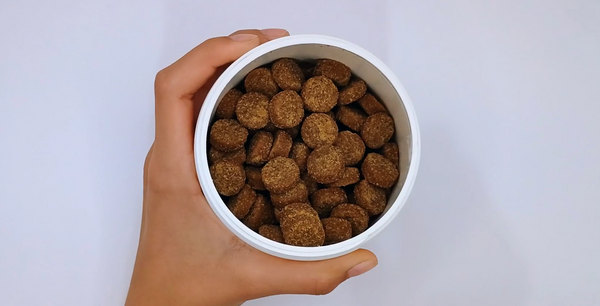
The Persian Cat
The Persian Cat breed was first brought to Europe from the Ottoman Empire in the XVI century. Although originally the Persian cat was typically short-haired, the long hair version of today’s Persian was thought to have been developed from the Pallas cat strain.
As is commonly known, today’s Persian cat breed has an extremely long, thick coat. This cat’s legs seem to be short compared to its body size. Its head is wide and the ears are rounded and typically set far apart. It has beautiful large round-ish eyes and an extremely fore-shortened, flat-faced muzzle, making its face seem almost squashed.
This breed of cat can have any color or markings, including, tortoiseshell, blue, tabby or pointed. There are tipped varieties also which are known as Chinchilla. Point types are known as Himalayan in the U.S. and Colorpoint Persian in Europe.

If you own a Persian cat, typically these cats require a little extra effort in the way of pet care. Their fur is so long and dense that it is difficult for them to groom themselves properly. Their constant licking for self-grooming can lead to a problem with hairballs, therefore, it is up to the pet owner to provide regular grooming. These cats should be bathed regularly and brushed thoroughly every day. They also may be prone to ‘tearing’ which can cause stains around the eye area. A daily face-wash is recommended.
Also, Persians should have their eyes checked on a regular basis for possible eye problems. Their long hair should be kept back from their eyes as much as possible, as the long hair can irritate their eyes.
Although it is often thought that Persian cats may be more prone to respiratory diseases than some other cat breeds, this has not been proven to date. These cats are generally a hardy, healthy cat. This breed generally has a life span of approximately 10-18 years.
This cat breed is one of the most popular in the United States today and is known for its docile temperament. They are loving, calm animals that are not pushy in demanding your attention. They are also not a really vocal cat, meaning that they do not ‘meow’ a lot. They also tend to be very tolerant of other animals in the home, whether it be another cat or a dog. They make excellent family pets and they typically adapt very well to their environment. They are, however, more suited as an indoor pet, mainly due to their high maintenance of their coats.
We've got you covered with Cat Supplements and Grooming supplies, check them all in our CATS COLLECTION.


